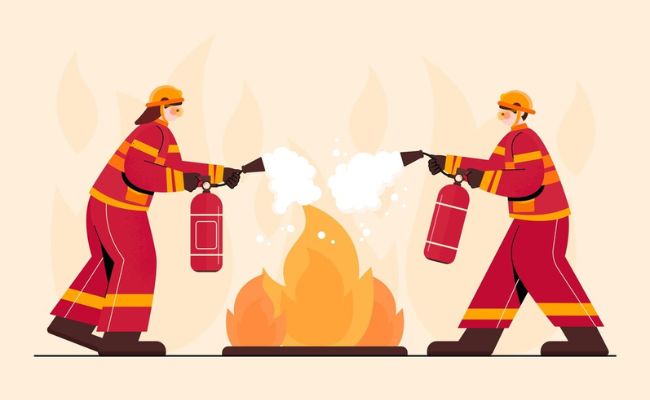1. Actual Cash Value (ACV): The value of the insured property at the time of loss, considering depreciation.
2. Add-on Covers: Optional extensions to the standard fire insurance policy offering additional protection, such as for earthquakes or terrorism.
3. Aggregate Limit: The maximum total amount an insurer will pay for all covered losses during the policy term.
4. Building Insurance: Coverage that protects the physical structure of the insured property against fire-related damages.
5. Business Interruption Insurance: Compensates for lost income when business operations are halted due to fire damage.
6. Co-insurance Clause: A policy provision requiring the insured to bear a portion of the loss if underinsured.
7. Combustion: A chemical process of burning that results in fire, which is central to triggering a fire insurance claim.
8. Deductible: The amount the insured must pay out-of-pocket before insurance coverage kicks in.
9. Depreciation: The reduction in the value of property over time due to wear and tear, considered in ACV.
10. Endorsement: A written modification or addition to an existing fire insurance policy.
11. Exclusions: Specific events or conditions not covered by a fire insurance policy, such as war or nuclear risk.
12. Fire Perils: Risks explicitly covered by a fire insurance policy, including fire, lightning, and explosion.
13. Flammable Materials: Substances that can easily catch fire, often influencing underwriting and premium calculation.
14. Hazard: A condition that increases the probability of a fire loss, such as faulty wiring.
15. Indemnity: The principle of restoring the insured to the original financial position prior to the loss.
16. Insurable Interest: The insured must have a legal or financial stake in the property to obtain coverage.
17. Loss of Rent Cover: A benefit that reimburses lost rental income when property becomes uninhabitable due to fire.
18. Loss Prevention Measures: Actions taken to minimize the risk of fire, such as installing sprinklers.
19. Market Value: The price the property would fetch in the market, used in some fire insurance settlements.
20. Material Fact: Information crucial to underwriting a policy that must be disclosed to the insurer.
21. Named Perils Policy: A policy covering only the perils specifically listed in the policy document.
22. Peril: A specific cause of loss, such as fire or explosion, that can trigger an insurance claim.
23. Policy Schedule: A document outlining the details of the fire insurance policy, including coverage, sum insured, and premium.
24. Premium: The amount paid by the insured to the insurer for coverage under a fire insurance policy.
25. Proximate Cause: The primary cause of a loss, used to determine if the claim is covered under the policy.
26. Reinstatement Value: The cost of replacing or repairing the damaged property without depreciation.
27. Salvage: The remaining value of damaged property that can be recovered after a fire.
28. Standard Fire and Special Perils Policy: A widely used fire insurance policy offering protection against fire and allied perils.
29. Subrogation: The insurer’s legal right to recover the amount paid on a claim from a third party responsible for the loss.
30. Underinsurance: When the sum insured is less than the actual value of the property, potentially reducing claim payouts.


